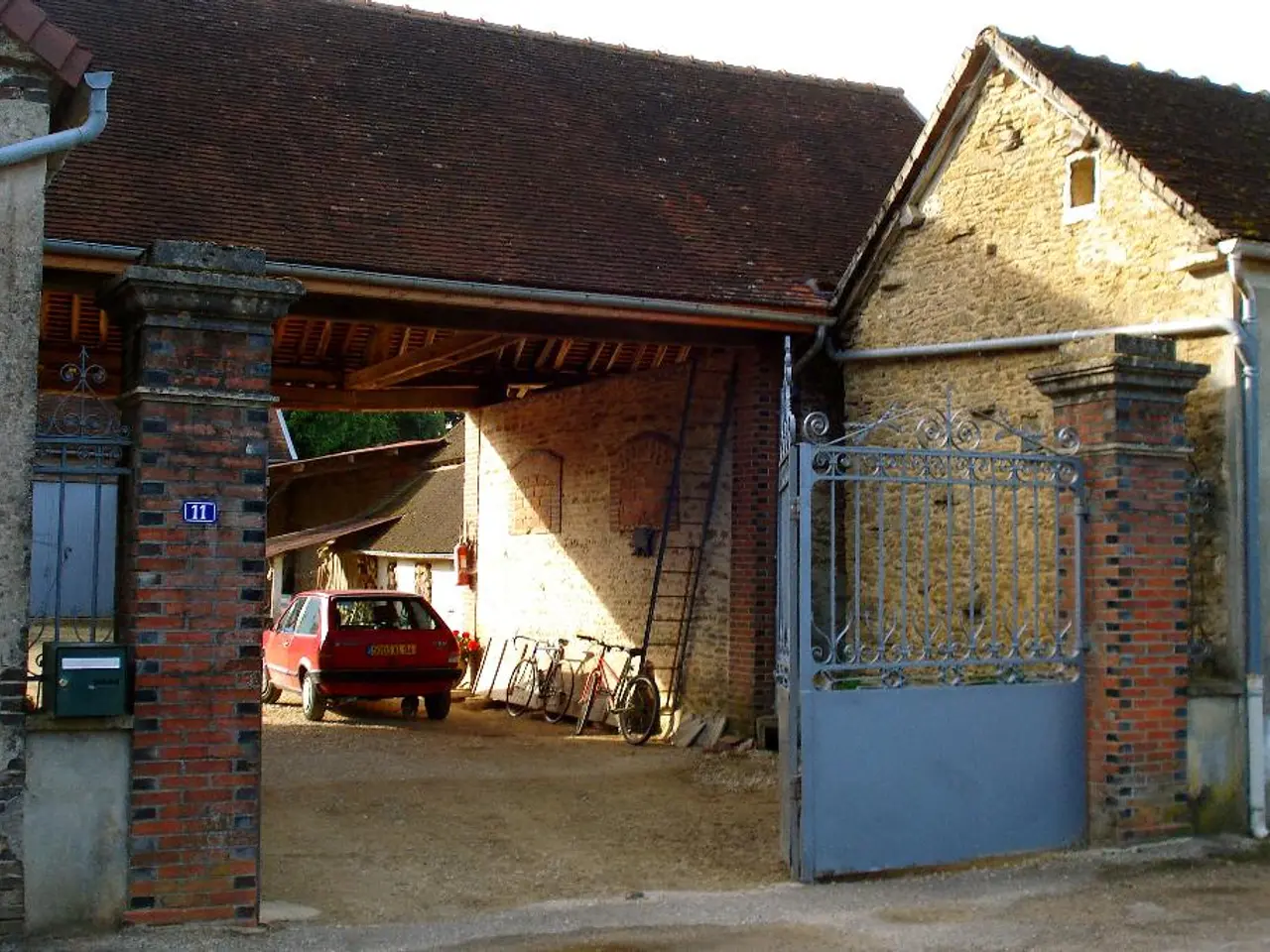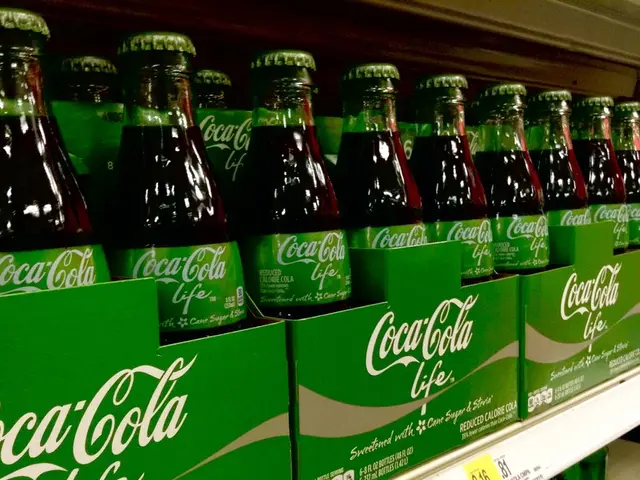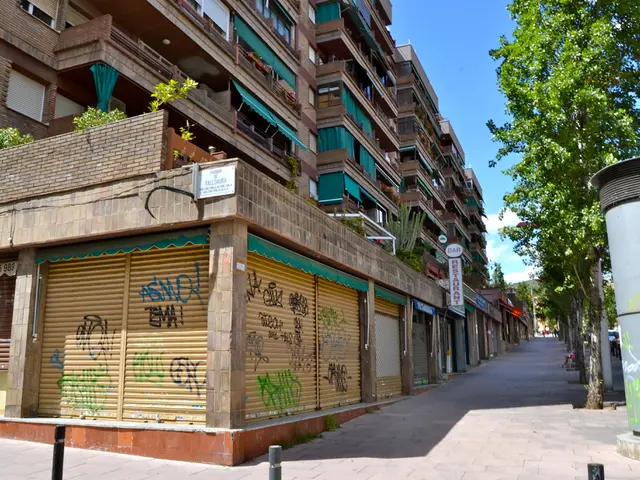Concrete Breakthrough: Walls & Sidewalks Now Store Energy
Scientists have made a significant breakthrough in energy storage using electron-conducting carbon concrete (ec). This innovation, led by Associate Professor Admir Masic, allows everyday structures like walls and sidewalks to double as energy storage systems. The latest findings, published in PNAS, show a tenfold increase in energy storage capacity.
The team has harnessed the nanonetwork inside ec to enhance energy storage and accommodate various electrolytes, including seawater. This has led to a dramatic increase in energy storage capacity, shrinking the required space from 45 cubic meters in 2023 to just 5 cubic meters today.
Masic envisions developing 'multifunctional concrete' for sustainability. A cubic meter of ec with organic electrolytes can store over 2 kilowatt-hours of energy, enough to power a refrigerator for a day. The team's ec arch demonstrated this capability, supporting its own weight and powering an LED light, which flickered under increased load.
Ec's thermally conductive properties have already been put to use in Sapporo, Japan, where it heats sidewalk slabs. The team aims to expand ec's applications, such as charging electric vehicles and powering homes off the grid. Ec can be seamlessly integrated into architectural elements like slabs and walls, lasting as long as the structure itself.
The Lawrence Berkeley National Laboratory's recent PNAS publication highlights a tenfold increase in the energy storage capacity of ec supercapacitors. This breakthrough paves the way for multifunctional concrete that can store energy, making everyday structures more sustainable and efficient.
Read also:
- Transforming Digital Inventories in the Food Industry: A Comprehensive Guide for Food Businesses
- Munich Airport Unveils Its New Electrical Vehicle Charging Parksite
- Vehicle electrification and bidirectional charging technologies could potentially reduce EU energy expenses by a staggering €22 billion annually by the year 2040.
- Rapid Construction of Rajasthan's 435 Megawatt Solar Power Plant in Eight Months Reduces Carbon Dioxide Emissions by Over 700,000 Tons







